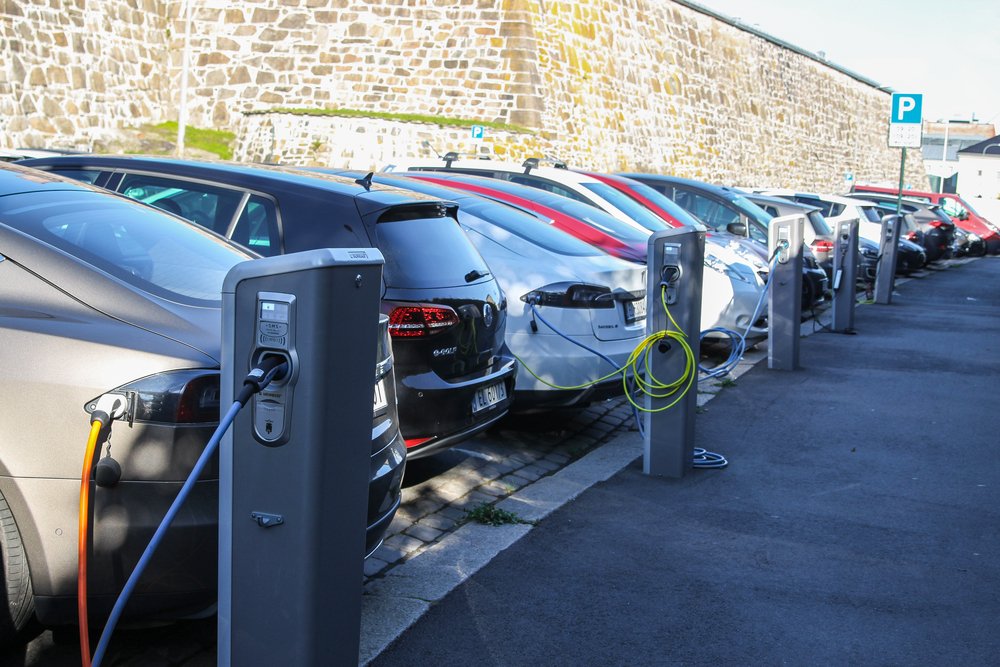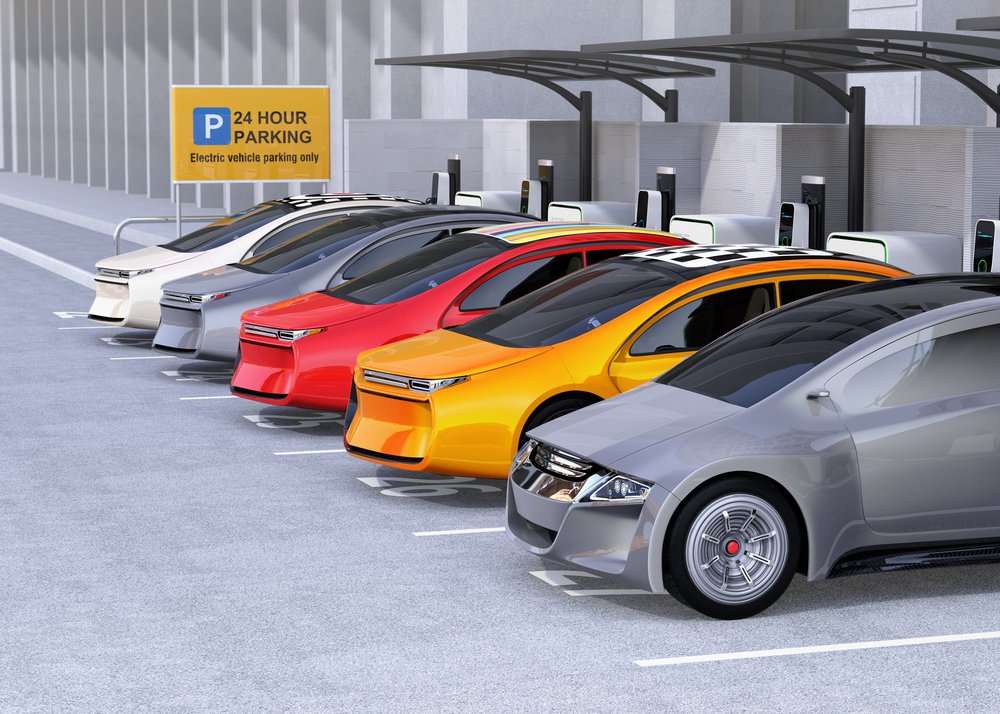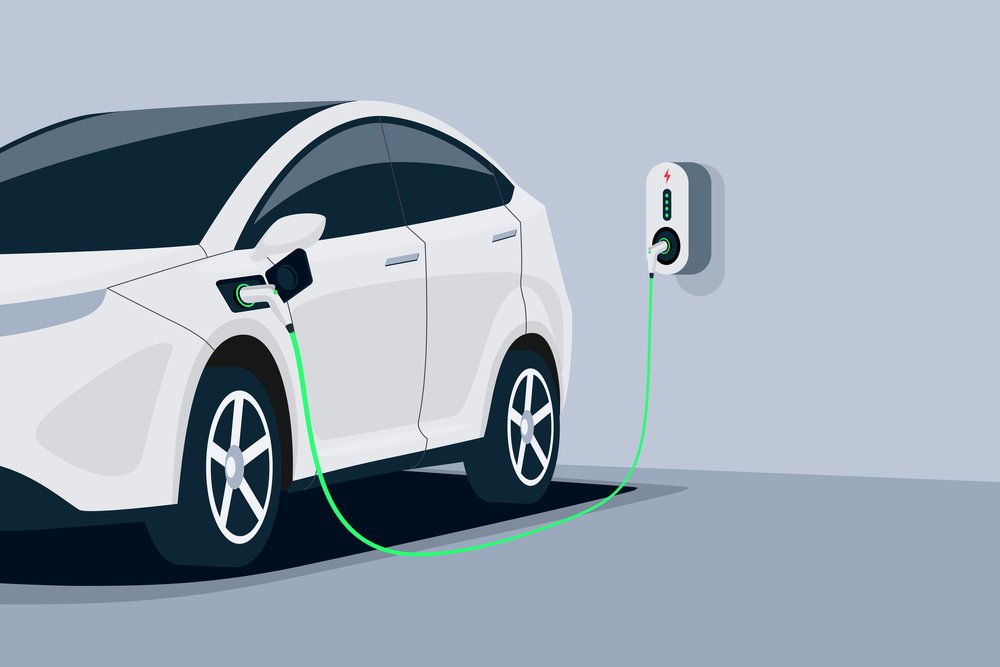
A new report found significant reliability issues in the electric vehicle charging infrastructure identifying key factors that hinder the growth of EV adoption.
The EV revolution has dramatically transformed the automotive industry, with global EV sales soaring by 233 per cent over the past five years, according to the International Energy Agency (IEA), by ChargerHelp outlined in an announcement of its findings.
However, the rapid growth in EV sales has outpaced the development of the necessary public charging infrastructure in the United States, contributing to a slowdown in projected EV sales as customers continue to point to this issue as holding them back from buying EVs.
A 2023 poll found that more than half of Americans are hesitant to consider purchasing an EV, with 80 per cent citing a lack of charging infrastructure as a primary concern. Additionally, the existing network of public chargers is plagued by reliability issues, with one in every five charging attempts failing.
ChargerHelp noted that there has been a lack of comprehensive data explaining these failures and how to address them but its recent study took a look at the public charging infrastructure to uncover the root causes of these reliability issues.
The ChargerHelp Annual Reliability Report: The State of EV Charging and the Driver Experience looked at more than 19 million individual data points.
“After pulling data for four years from 20,000 chargers, we identified key areas where the public charging system can be improved to better meet the needs of today’s EV driver,” said Kameale Terry, co-founder and CEO of ChargerHelp. “For the EV market to continue to flourish, we need to work to ensure true uptime is the norm through a standardized and more synchronized approach to data, maintenance and communication networks.”
The report highlights a range of issues, with a lack of interoperability standing out as a significant threat to system reliability and broader EV adoption in the United States. Interoperability refers to the compatibility of key system components — vehicles, charging stations, charging networks, and the grid — and the software systems that support them, allowing all components to work seamlessly and effectively.
Image credit: Depositphotos.com













Leave a Reply